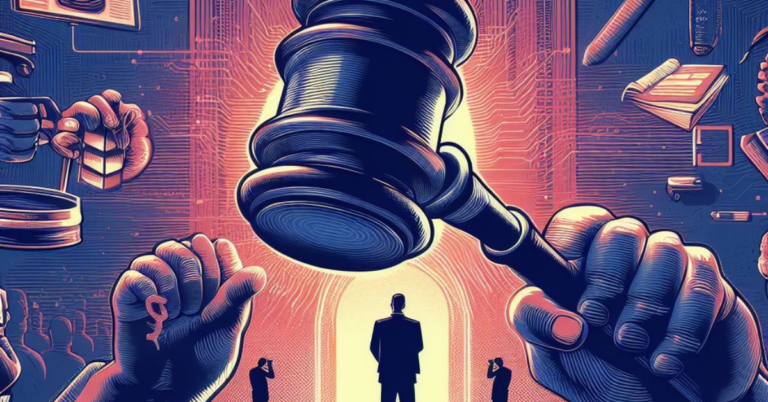A Guide to Common Workplace Investigation Outcomes
Are you aware of the common workplace investigation outcomes? Whether it’s a complaint from an employee or a lawsuit, conducting a thorough investigation is key to managing the situation.
Yet, few businesses seem to understand what a “good” outcome looks like. To help, we’ve crafted this quick guide. Follow along as we explore the different types of outcomes you can expect.
Types of Investigations
Various types of complaints and allegations can trigger workplace investigations. One of the most common is employee investigation for employee misconduct. This could include:
- Theft
- Harassment
- Discrimination
Another common trigger is whistleblower complaints. This is when workers report illegal or unethical behaviors like embezzlement. In that case, a workplace investigator would come and investigate those claims.
In some cases, regulatory agencies instigate workplace investigations or lawsuits. These investigations may focus on the following:
- Wage and hour violations
- Employment discrimination
- Failure to follow immigration laws
The bottom line? Regardless of the cause, it’s important to handle workplace investigations carefully. Doing so is key to protecting employees and employers.
Common Workplace Investigation Outcomes
Workplace investigations can have various outcomes. The results depend on the allegations and the evidence we find. Here are some of the most common workplace investigation outcomes.
Establishment of Misconduct
One of the most common outcomes of a workplace investigation is employee misconduct. This may include:
- Harassment
- Discrimination
- Retaliation
- Theft
- Fraud
- Other violations of company policies
What follows employee misconduct? Usually, the employer will take disciplinary action. This often includes termination, suspension, demotion, or other corrective actions.
No Evidence of Misconduct
Sometimes, the investigation may find no evidence to support the allegations. This doesn’t mean the allegations were false. Rather, it means there is insufficient evidence to establish wrongdoing.
In these cases, the employer may still take steps to address any concerns. Often, this means providing extra training or counseling.
Insufficient Evidence
As mentioned above, sometimes the evidence is inconclusive. In other cases, it’s insufficient to determine misconduct. This can happen when witnesses provide conflicting accounts. Sometimes, it’s due to a lack of physical evidence.
In these cases, the employer may still take steps to address any issues. However, they don’t typically take disciplinary action against the accused employee.
Improved Workplace Culture
Hopefully, an office investigation will lead to improvements in the workplace culture. This can happen if the investigation identifies systemic issues. The employer can address these issues, such as improving communication, training, or policies.
Get Workplace Investigation Services
Workplace investigation outcomes can have a significant impact on your organization. Failing to conduct a proper investigation can lead to legal consequences. In most cases, it’ll also cause financial losses.
At Najar Investigations, we understand the importance of a thorough investigation. Our team of experts can help you navigate these complex situations with ease.
Contact us today to learn more about our services and how we can help protect your organization.






